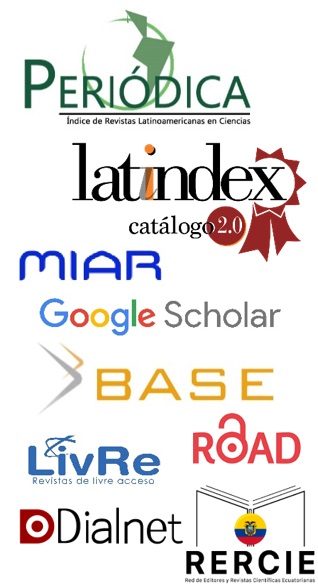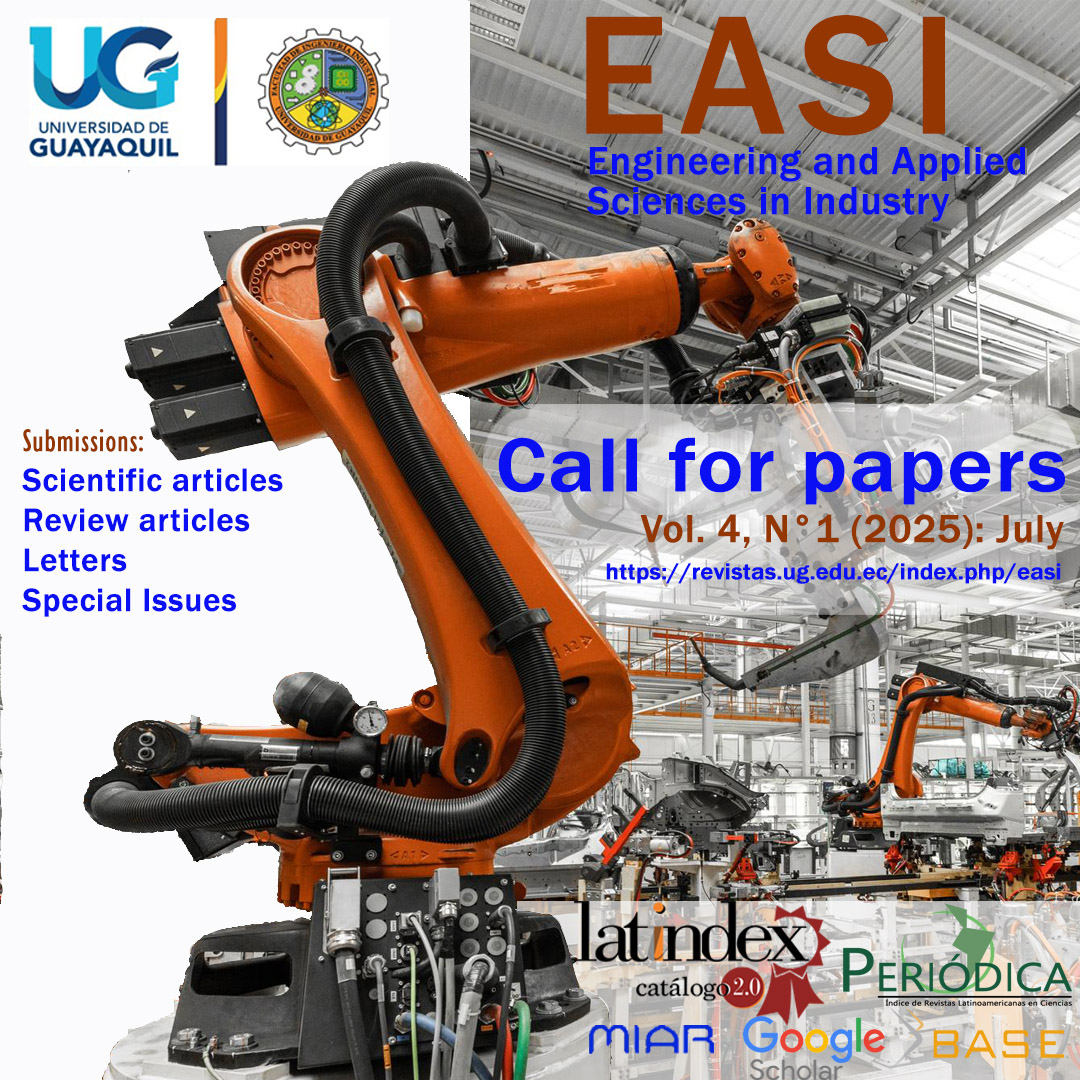Viability of a rural electrification program in Peru
DOI:
https://doi.org/10.53591/easi.v1i2.1767Keywords:
Rural electrification, Socio-economic determinants, Poverty reduction, Fee-for-service modelAbstract
Esta investigación retoma el trabajo realizado en la Fundación ACCIONA Microenergía (FUNDAME) como parte de las prácticas finales y la tesis de maestría del European Joint Master’s in Management and Engineering of Environment and Energy Programme (ME3 de 2014). Las prácticas se realizaron en el departamento de Responsabilidad Social Corporativa de ACCIONA S.A. Las prácticas consistieron en mejorar el modelo de negocio de la compañía para poder llegar a comunidades más aisladas y realizar el mantenimiento preventivo y correctivo de forma más sostenible. Se ha documentado, paso a paso, el proceso que se utiliza para implementar esta metodología de una manera económicamente sostenible utilizando un modelo de tarifa por servicio. Además, se evaluó el modelo de negocio para demostrar su viabilidad, impacto, sostenibilidad y escalabilidad durante el tiempo de vida de los sistemas, y se analizaron mejoras. Debido a la distancia entre ACCIONA Microenergía Perú (AMP) y los usuarios, los costos de instalación y mantenimiento de estos sistemas pueden ser significativos. La nueva metodología, que plantea la implementación de Centros de Abastecimiento y Servicio de Energía (ESSC), tiene el potencial de disminuir los costos operativos y de proyectos y sostenerse en el tiempo.
References
ACCIONA Microenergía, Peru 2011 (15 de Febrero de 2022). Manual de Gestión Luz en Casa. 2011.. https://safundacionmicro.blob.core.windows.net/media/2738/201407-itdupm-bid-caso-luz-en-casa-es.pdf
ACCIONA Microenergía, Perú 2012 (Junio de 2022). Un modelo de empresa social para la extención de un servicio público regulado. https://www.acciona.com/es/nuestro-proposito/sostenibilidad/desarrollo-social/?_adin=02021864894.
Barkat, A. (2005). Access to electricity in rural Bangladesh: some empirical evidence of socio-economic impact. Asian Institute of Technology, 331-370. https://www.worldscientific.com/doi/abs/10.1142/9789812701787_0037
Bautista, H. , Valeeva, G. , Danilevich, V., & Zinovyeva, A. . (2022). A Development Strategy for the Revival of Tourist Hotspots following the COVID-19 Pandemic. International Journal of Criminology and Sociology, 9, 1047–1053. https://doi.org/10.6000/1929-4409.2020.09.118.
Che, X., Zhu, B., Wang, P. (2021). Assessing global energy poverty: an integral approach. Energy Policy, 149, 112099 https://doi.org/10.1016/j.enpol.2020.112099
Eisman, J. (2022). Perú Microenergía: Un modelo sostenible de electrificación rural con renovables. In Ignacio Pérez A. José I. & Romero, A. (Eds.), Tecnologías para el desarrollo humano de comunidades rurales aisladas.
ACCIONA, Microenergía (2013). Modelos de suministro eléctrico para electrificación rural descentralizada. https://docplayer.es/89809692-Acciona-microenergia-peru-julio-2013.html
GNESD (2007). Reaching the Millenium Development Goals and Beyong: Acces to Modern Forms of Energy is a Prerequisite. https://mdgs.un.org/unsd/mdg/resources/static/products/progress2007/unsd_mdg_report_2007s.pdf
IEA (2011). World Energy Outlook. https://iea.blob.core.windows.net/assets/cc401107-a401-40cb-b6ce-c9832bb88d85/WorldEnergyOutlook2011.pdf
IEG (2018). The welfare impact of rural electrification: A reassessment of the costs and benefits. http://hdl.handle.net/10986/6519
MEM (2011). Plan Nacional De Electrificacion Rural Periodo 2012-2021. https://minem.gob.pe/_legislacionM.php?idSector=6&idLegislacion=6956.
Nie, P., Li , Q., Sousa-Poza A. (2021). Energy poverty and subjective well-being in China: New evidence from the China Family Panel studies. Energy Econom. 2021, 103. (2021). https://docs.iza.org/dp14429.pdf
OECD/IEA (2010). Energy Poverty – How to make modern energy access universal. https://www.oecd.org/greengrowth/38509686.pdf
Dominko, P. K., Slabe-Erker, R. (2021). 30 years of energy and fuel poverty: An retrospective analysis and future trends. Journal of Cleaner Production, 301(10), 127003. https://doi.org/10.1016/j.jclepro.2021.127003
Rubtzov, V. ., Zyryanov, A. ., Firsova, A. ., Biktimirov, N. ., Marat, M. ., Rozhko, M. ., & Bautista, H. . (2022). The Role of Digital Geography in the Development of Tourism and Tourist Activities. International Journal of Criminology and Sociology, 9, 2186–2191. https://doi.org/10.6000/1929-4409.2020.09.259.
Solargis (3 de mayo, 2022). Solaris data bank. https://solargis.com/maps-and-gis-data/download/south-america
UN (2005). Energy services for sustainable development in rural areas in Asia and The Pacific: policy and practice. United Nations. NY: United Nations Publications. https://digitallibrary.un.org/record/575748
UNDP/World Bank (2022). Rural electrification and development in the Philippines: measuring the social and economic benefits. https://openknowledge.worldbank.org/handle/10986/19890.
World Bank (2008). Rural electrification and development in the Philippines: measuring the social and economic benefits. https://openknowledge.worldbank.org/handle/10986/6519.
Published
How to Cite
Issue
Section
License
Copyright (c) 2022 José Hidalgo-Crespo, H. Bautista-Espinoza, J. Oviedo

This work is licensed under a Creative Commons Attribution-NonCommercial-NoDerivatives 4.0 International License.
Contributions published in the EASI journal follow the open access license CC BY-NC-ND 4.0 (Creative Commons Attribution-NonCommercial-NoDerivs 4.0). This license empowers you as an author and ensures wide dissemination of your research while still protecting your rights.
For authors:
- Authors retain copyrights without restrictions according to CC BY-NC-ND 4.0 license.
- The journal obtains a license to publish the first original manuscript.
For readers/users:
Free access and distribution: Anyone can access, download, copy, print, and share the published article freely according to the license CC BY-NC-ND 4.0 terms.
Attribution required: If any third party use the published material, they must give credit to the creator by providing the name, article title, and journal name, ensuring the intellectual property of the author(s), and helping to build the scholarly reputation.
Non-commercial use: only noncommercial use of the published work is permitted. Noncommercial means not primarily intended for or directed towards commercial advantage or monetary compensation by any third party.
No modifications allowed: The content of the published article cannot be changed, remixed, or rebuilt upon the author’s work. This ensures the integrity and accuracy of the research findings.



